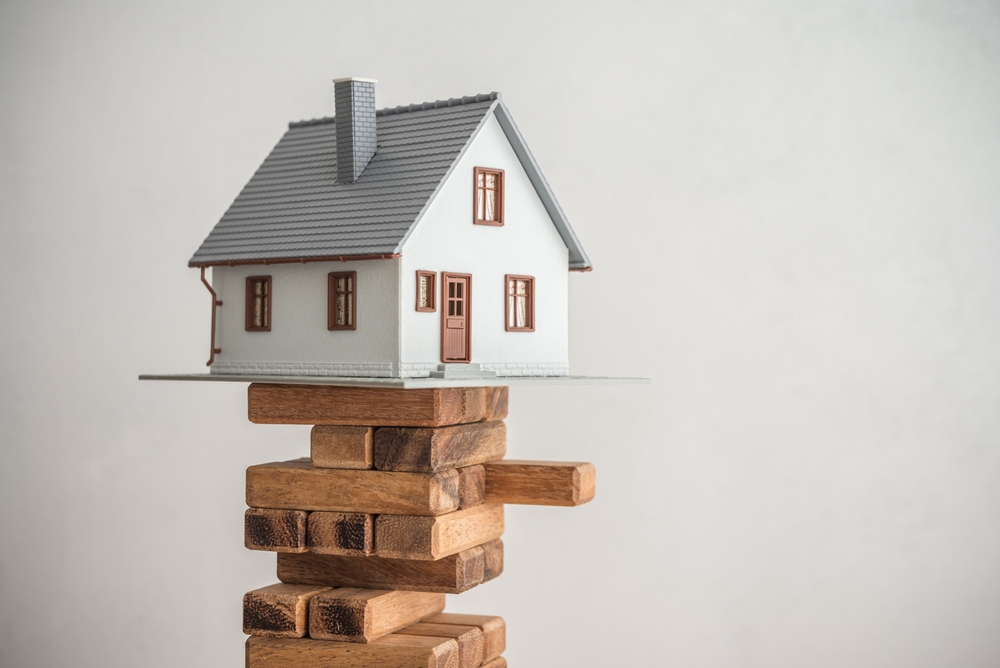What Determines Your Home’s Price? The Answers Might Surprise You
Your home is likely one of your most valuable assets, but have you ever wondered what factors truly influence its price? While you might assume square footage and location are the primary drivers, the reality is far more complex. From economic trends to neighborhood amenities, a multitude of elements come into play when determining your home's value. Let's dive into the surprising factors that can significantly impact your property's worth in today's dynamic real estate market.

What are the key factors that influence home value?
When it comes to determining a home’s value, several primary factors come into play. Location is often cited as the most crucial element, as it encompasses aspects like school districts, proximity to amenities, and overall neighborhood desirability. The size and layout of the home, including the number of bedrooms and bathrooms, also play a significant role. The age and condition of the property are equally important, as well-maintained homes with modern updates tend to fetch higher prices. Additionally, market conditions, such as supply and demand in your area, can greatly impact your home’s value.
How does location impact property pricing?
Location is often considered the golden rule of real estate, and for good reason. A property’s surroundings can have a profound effect on its value. Homes in safe neighborhoods with low crime rates typically command higher prices. Proximity to good schools is another major factor, especially for families with children. Access to public transportation, shopping centers, parks, and other amenities can also boost property values. Even within the same city, different neighborhoods can have vastly different price points based on these location-specific factors.
What role do renovations and maintenance play in home value?
Renovations and regular maintenance can significantly impact your home’s value. Updated kitchens and bathrooms often provide the highest return on investment, as these are key areas that potential buyers focus on. Energy-efficient upgrades, such as new windows or improved insulation, can also increase a home’s worth by lowering utility costs. However, it’s important to note that not all renovations add equal value. Over-improving for your neighborhood or making highly personalized changes may not yield the expected return. Regular maintenance, such as keeping the roof in good condition and addressing any structural issues promptly, is crucial for maintaining and potentially increasing your home’s value over time.
How do market trends impact real estate values?
Market trends can have a substantial effect on home values, often independent of a property’s individual characteristics. Economic factors such as interest rates, employment rates, and overall economic growth can influence buyer demand and, consequently, home prices. In a seller’s market, where demand outpaces supply, home values tend to increase. Conversely, in a buyer’s market with more homes available than interested buyers, prices may stagnate or even decrease. Additionally, broader societal shifts, such as the rise of remote work, can impact where people choose to live and, as a result, affect property values in different areas.
What unique factors impact home values in the United States?
In the United States, several unique factors can influence home values. Zoning laws and land-use regulations can affect property prices by limiting or expanding development possibilities. The presence of natural disasters in certain regions, such as hurricanes in coastal areas or wildfires in the West, can impact insurance costs and, consequently, home values. Historical significance or architectural uniqueness can also play a role, with some buyers willing to pay a premium for homes with distinctive character. Additionally, the quality of local governance and community services, such as well-maintained roads and efficient public services, can contribute to higher property values in certain areas.
How do professional appraisals and online estimates compare?
When it comes to determining your home’s value, both professional appraisals and online estimates have their place, but they can differ significantly in accuracy and methodology.
| Valuation Method | Provider | Key Features | Cost Estimation |
|---|---|---|---|
| Professional Appraisal | Licensed Appraiser | In-person inspection, Detailed report, Used for mortgages | $300 - $600 |
| Online Home Value Estimate | Zillow (Zestimate) | Instant results, Uses public data, Regular updates | Free |
| Online Home Value Estimate | Redfin | Uses MLS data, More frequent updates | Free |
| Comparative Market Analysis (CMA) | Local Real Estate Agent | Uses recent sales data, Local market expertise | Often free (used as marketing tool) |
Prices, rates, or cost estimates mentioned in this article are based on the latest available information but may change over time. Independent research is advised before making financial decisions.
Professional appraisals, conducted by licensed appraisers, involve a thorough in-person inspection of your property and a detailed analysis of comparable sales in your area. While more expensive, they provide the most accurate and legally recognized valuation, often required for mortgage lending.
Online estimates, such as Zillow’s Zestimate or Redfin’s estimate, use algorithms to analyze public data and recent sales. While convenient and free, these can vary in accuracy, especially in areas with unique properties or limited sales data.
A Comparative Market Analysis (CMA) performed by a local real estate agent offers a middle ground, combining local expertise with recent sales data. Many agents provide this service for free as a way to build relationships with potential clients.
Understanding the differences between these methods can help you choose the most appropriate valuation approach for your needs, whether you’re considering selling, refinancing, or simply curious about your home’s current market value.




